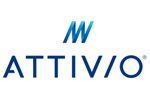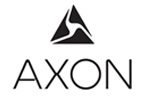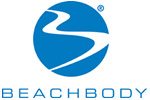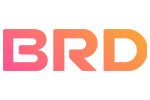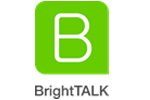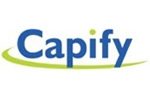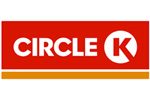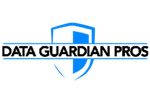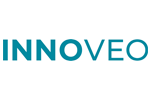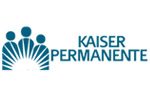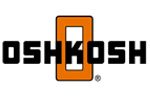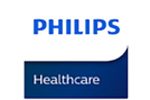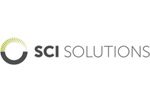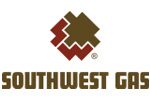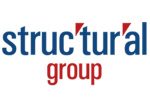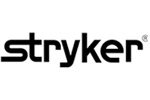Fortifying a Healthcare Network:
How a Hospital Thwarted Cyberattacks and Protected Patient Data

Simplifying Healthcare Data Access with an Abstraction Layer
In the healthcare industry, managing patient appointments, medical records, and provider directories can be a complex task, especially when dealing with multiple Electronic Health Record (EHR) platforms. Patients often face challenges in finding the right healthcare provider, scheduling appointments and keeping track of their medical records across different EHR systems.
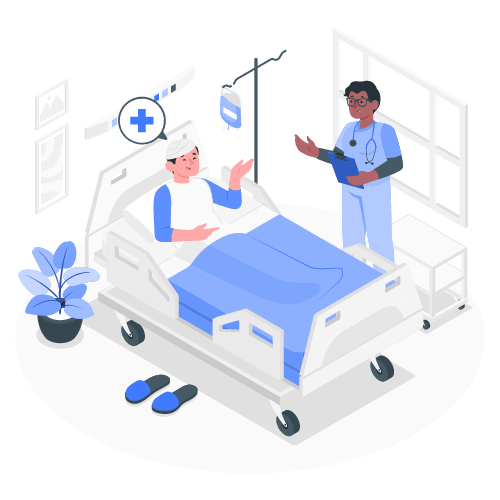
Industry:
Healthcare
Service:
Software Development
Challenge
A leading provider of technology-driven solutions aimed at enhancing patient experience and financial performance for healthcare providers, the company faced a significant challenge due to the fragmented digital healthcare landscape. With various Electronic Health Record (EHR) platforms, including Epic, athenahealth, Cerner, eClinicalWorks, nextgen healthcare, and MEDTECH, employing different data formats such as STU3, DSTU1, DSTU2 and R4, the primary obstacle was establishing connections and retrieving data from these systems. This challenge necessitated substantial effort from both healthcare providers and patients seeking appointments or managing medical records.
Solution
Our team has introduced an innovative approach utilizing an Abstraction Layer. This layer acts as an intermediary, sitting between various EHR platforms and the user's application. It translates data from any connected EHR platform into a single, standardized format.
- Scheduling: The portal allows for complete customization, catering to the specific needs of students, tutors, and industry experts at all experience levels.
- Patient Directory: This centralized directory gathers and manages patient health data across all connected EHR platforms. Users can access their complete medical history, regardless of the EHR originally used. The system also facilitates registration with new EHR platforms during appointments, eliminating the need for external registration processes.
- Provider Directory: This directory provides a unified view of healthcare providers across different EHR platforms. Users can search for providers based on various parameters such as specialty, location, and language, simplifying the process of finding suitable healthcare professionals.

Benefits
Bridging the Knowledge Gap: The Abstraction Layer eliminates the need for custom integrations with individual EHR platforms. Healthcare providers and developers only need to connect to the Abstraction Layer, regardless of the underlying EHR system.
Improved Performance: Caching mechanisms within
the Abstraction Layer minimize the number of API
calls required to retrieve data from EHR platforms.
This significantly improves data access speed, especially when fetching information from multiple platforms simultaneously.
Democratizing Engineering Design: Reduced API calls translate to lower costs associated with EHR platform interactions.
Enhanced Data Availability: The Abstraction Layer ensures consistent data availability even if an underlying EHR platform experiences downtime.
Simplified User Experience: Patients can access and manage their medical records seamlessly, regardless of the EHR platform used by their providers. Scheduling appointments becomes easier as the system identifies suitable providers across different platforms based on user preferences (specialty, location, language, etc).
Seamless Developer Onboarding: The Abstraction Layer offers a multitude of benefits. It enhances this benefit by allowing new developers to quickly become productive contributors when working with EHR API integrations. This comprehensive approach fosters a win-win situation for both healthcare professionals and patients.
Implementation of Workato Automation in the HR on-boarding process reduced the entire process from hours to minutes.
Allowing the HR department to focus on other initiatives like talent management, workplace culture enhancement, training, performance optimization, and more which would add more value to business.
A human centric workplace was created wherein bots automated and standardized repetitive tasks while humans worked on innovations, negotiations, and problem solving.
The attrition rate decreased significantly with the new sophisticated on-boarding system, as the employees were now given access to proper training and orientation which would motivate them and boost their productivity. Also, delays due to lack of coordination between HR and other departments were eliminated, resulting in a positive employee experience from day one.
Our Partner
Ecosytem
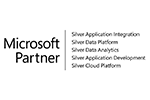
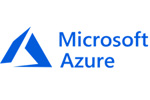
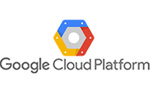
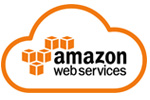
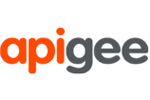
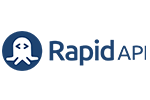

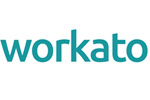
Industry Expertise
Our Clients

